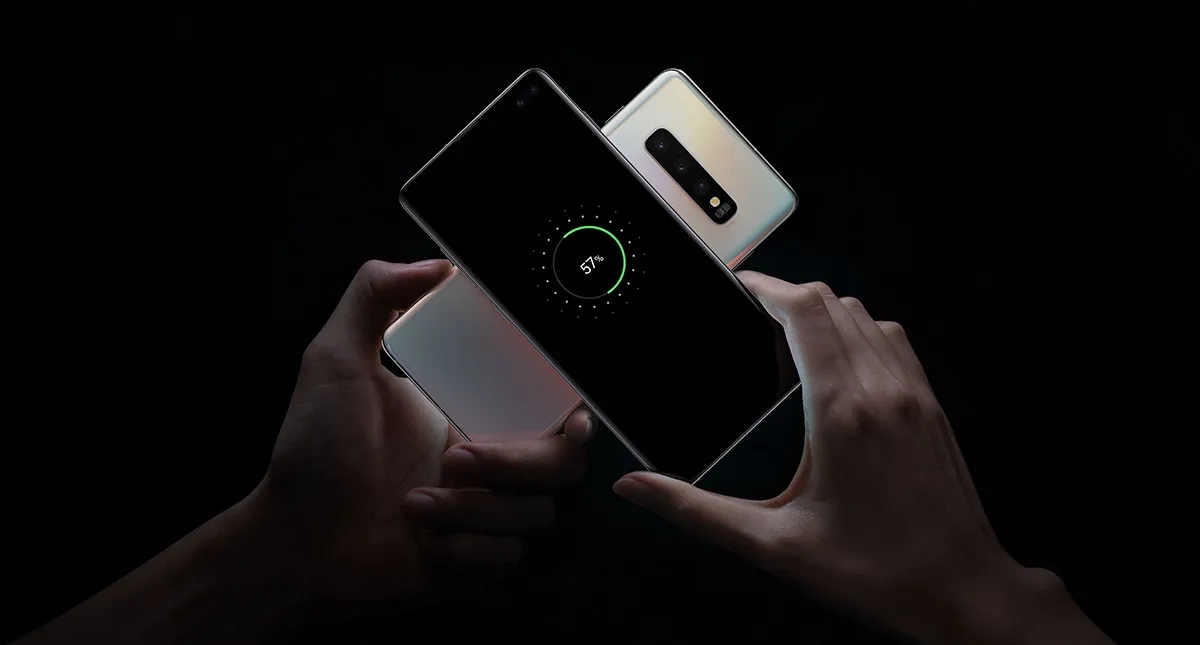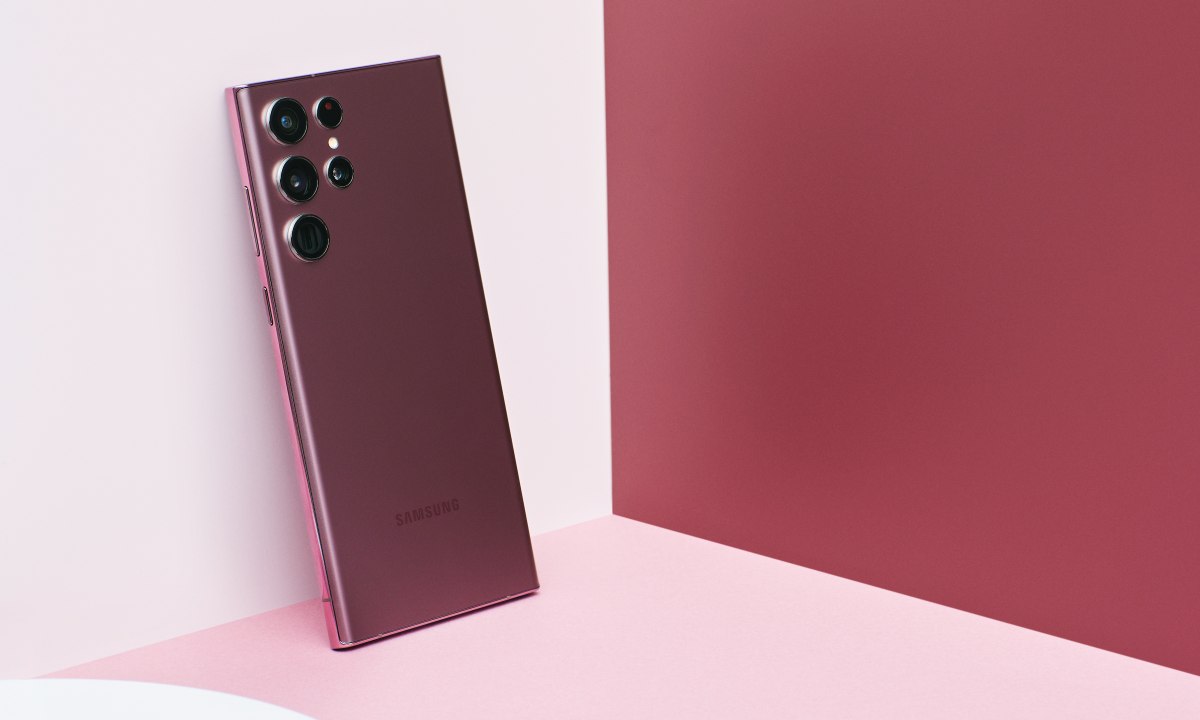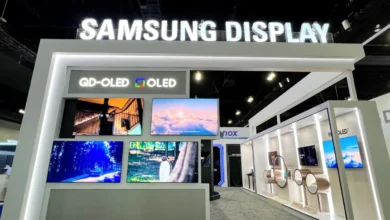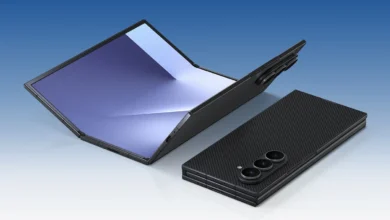Samsung devices compatible with Wireless Charging or PowerShare

Nowadays, we all use multiple devices and accessories for our daily lives, but sometimes it can be a mess to keep different chargers for each device, and if you are going to travel, it will create more problems to keep them together because the cables are tangled together. But to get rid of these problems, there is power sharing technology.
What is the wireless power sharing feature?
The Samsung wireless power sharing feature offers you the ability to use your Galaxy smartphone to charge other devices, such as your Galaxy Watch, Buds, or another Galaxy phone. This is a premium feature that is available for the flagship Galaxy smartphones that allows device-to-device switching without the need for a normal charger or cable.
Samsung’s ISOCELL HW1 and HW2 could be the First 1-Inch 432MP Camera Sensors for Smartphones
Samsung’s PowerShare-compatible devices
Most Qi-Compatible Samsung devices can be charged with Wireless PowerShare, but check out the full list of compatible devices below just in case. The speed and power of the charge will vary by device.
- Galaxy Note phones: Galaxy Note20 5G, Note20 Ultra 5G, Note10+, Note10, Note9, Note8, and Note 5
- Galaxy S phones: S23 series, S22 series, S21 series, S20 series, S10 series, S9 series, S8 series, S7 series, and S6 series
- Foldable phones: Galaxy Z Fold, Z Fold2, Z Fold3, Z Fold4, Z Fold5, Z Flip, Z Flip 5G, Z Flip3, Z Flip4, and Z Flip5
- Samsung earbuds: Galaxy Buds Pro, Galaxy Buds Pro 2, Galaxy Buds Live, Galaxy Buds+, Galaxy Buds 2, and Galaxy Buds
- Samsung smart watches: Galaxy Watch 5 Pro, Galaxy Watch 5, Galaxy Watch 4, Galaxy Watch 4 Classic, Galaxy Watch, Galaxy Watch 3, Galaxy Watch Active, and Galaxy Watch Active 2.
- Additional devices: Galaxy S7/S7 Edge, Galaxy S8/S8+, and Galaxy S9/S9+
Note: Galaxy A series and XCover series devices, and Galaxy Tablets are not compatible with wireless charging.
How to use PowerShare
- To get started, your phone that supports PowerShare must have at least a 30% charge.
- Then swipe down from the top of your screen with two fingers and open the Quick Panel, and then tap on the Power Share icon (if the icon is not there, you can add it by going to the Quick Panel setting).
- When you are ready, place your phone or other device on the wireless charger pad.
- And the charging will be stated, and it will get stated.
It is important to note that when you charge your device with the wireless charger, it charges slowly because it is not currently well prepared to give efficient charging to the phone or other device.



